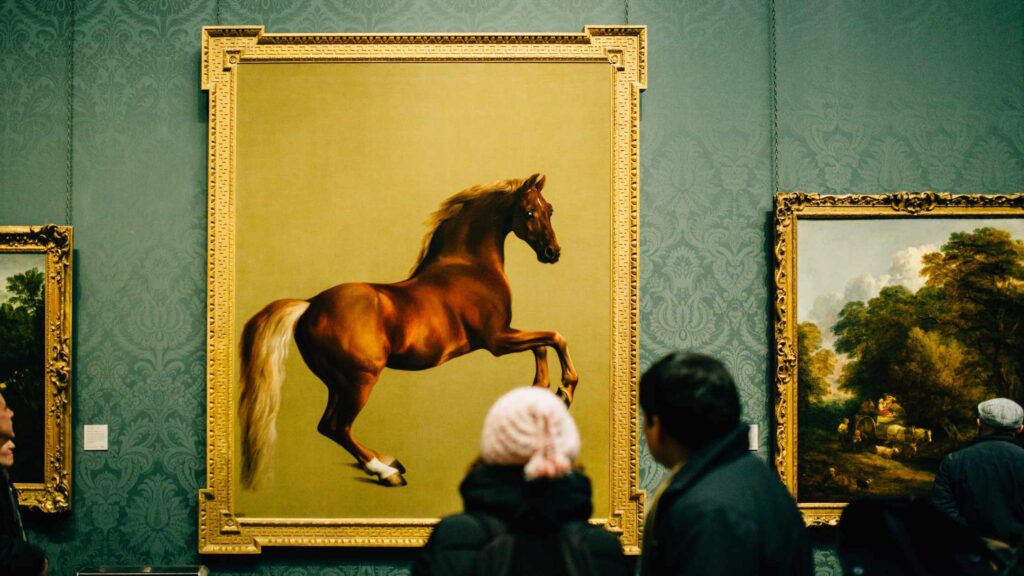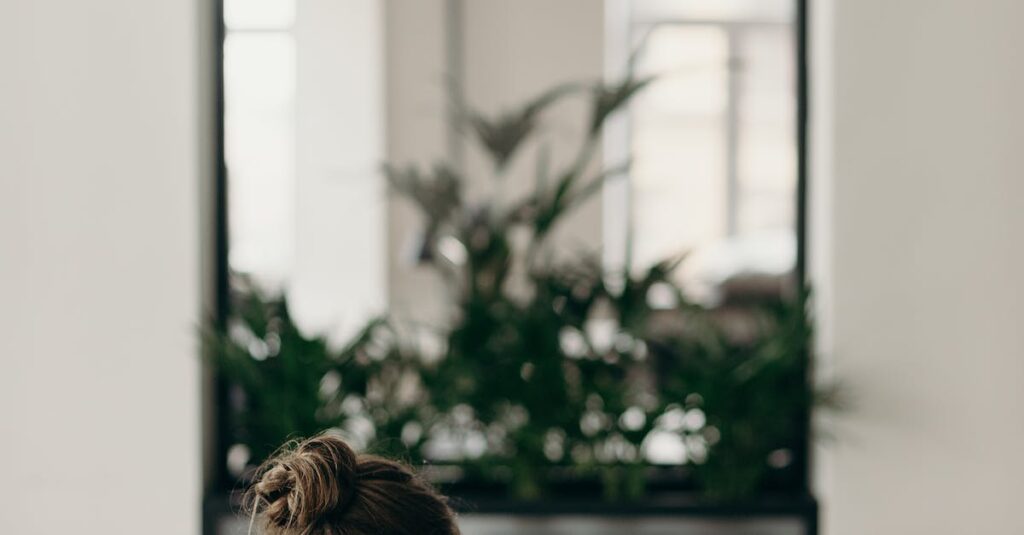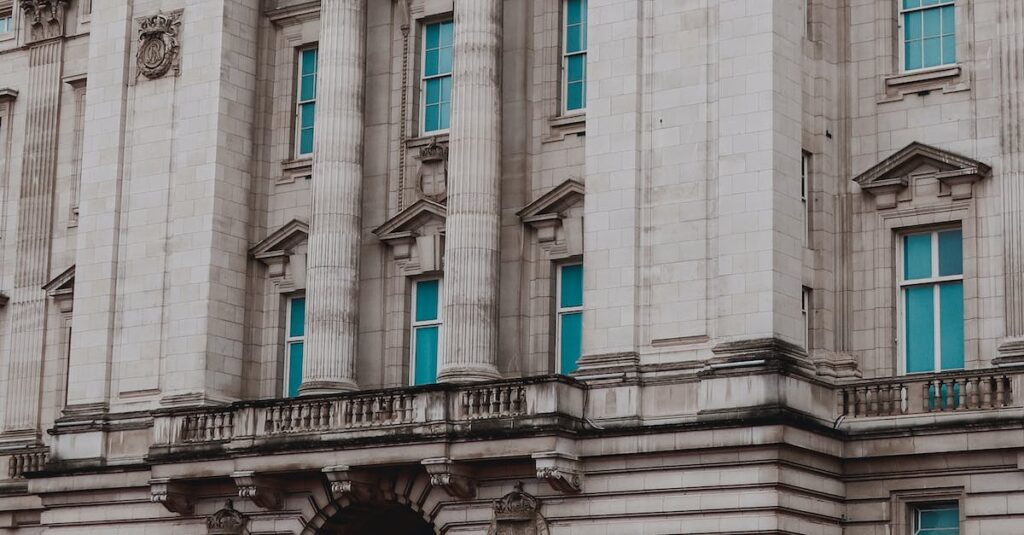Why Invest in Fine Art and Collectibles?
Fine art and collectibles have long been considered valuable assets, not only in terms of monetary worth but also in aesthetic and cultural significance. Building a collection of these items can be a rewarding endeavor that provides both financial stability and aesthetic enjoyment. In this article, we will explore the benefits of investing in fine art and collectibles, as well as provide some tips on how to start building your own valuable collection.
A Hedge Against Market Volatility
One of the main reasons why individuals choose to invest in fine art and collectibles is their ability to act as a hedge against market volatility. Unlike stocks and bonds, the value of art and collectibles is not directly tied to the performance of the stock market. This can be particularly advantageous during times of economic uncertainty or downturns, as these assets often retain or even increase in value.
Potential for High Returns
While the art market can be complex and unpredictable, it has historically shown the potential for high returns. Certain pieces of art and collectibles have been known to appreciate significantly in value over time. For example, a painting that might have been purchased for a modest sum years ago could now be worth millions of dollars. By carefully researching and selecting valuable items, investors can take advantage of these potential returns.
Diversification of Investment Portfolio
Investing in fine art and collectibles also allows for diversification of an investment portfolio. By adding these assets to a portfolio that already contains stocks, bonds, and real estate, investors can reduce the overall risk and increase the potential for long-term growth. The art market has historically shown little correlation with other financial markets, making it an attractive option for diversification.
Enjoyment and Passion
Unlike many other investment opportunities, investing in fine art and collectibles offers a unique opportunity to combine financial gain with personal enjoyment. The process of building a collection involves researching, exploring galleries and auctions, and connecting with artists and other collectors. This can be a highly rewarding and fulfilling experience, allowing individuals to develop and refine their personal taste and appreciation for art.
Tips for Building a Valuable Collection
Now that we have explored the benefits of investing in fine art and collectibles, let’s discuss some practical tips for starting your own valuable collection:
- Research and Educate Yourself: Before making any purchases, take the time to learn about different artists, art movements, and collectible items. Familiarize yourself with the current market trends and prices, and consult experts and art advisors if needed.
- Set a Budget: Determine how much you are willing to invest in your collection and set a budget accordingly. This will help guide your purchasing decisions and prevent overspending.
- Start Small: Begin with more affordable pieces and gradually work your way up to higher-value items. This allows you to gain experience and knowledge in the art market without taking on too much financial risk.
- Attend Auctions, Exhibitions, and Art Fairs: Visit local auctions, exhibitions, and art fairs to get a sense of the current market and connect with artists and dealers. These events often provide opportunities to discover hidden gems and make valuable connections.
- Consider Storage and Insurance: As your collection grows, it is important to consider the logistics of storage and insurance. Consult with professionals to ensure that your valuable assets are properly protected.
Summary
Investing in fine art and collectibles can provide both financial stability and personal enjoyment. These assets offer a hedge against market volatility, the potential for high returns, and diversification of investment portfolios. Building a valuable collection requires research, budgeting, and a passion for the arts. By following these tips and gradually expanding your collection, you can quietly accumulate valuable assets that bring both aesthetic and financial rewards.







